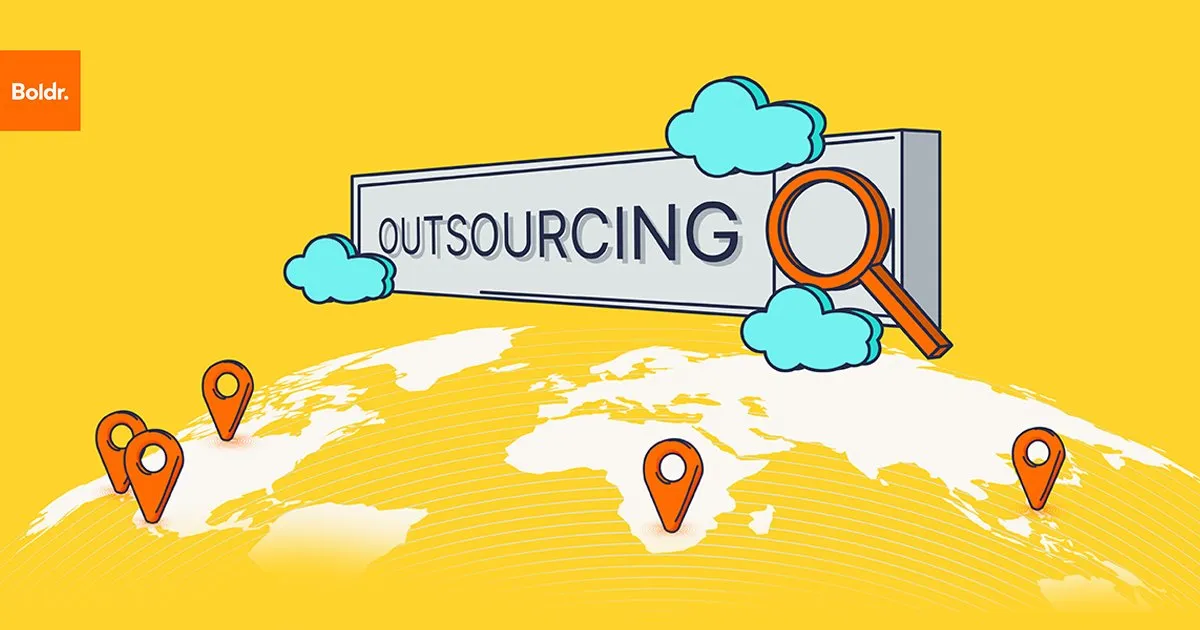You are a CEO or CX/CS leader of a growing e-commerce or SaaS company. You are convinced that it’s time to engage an outsourcing service provider to improve or simplify your customer support and customer experience offering. Even if you are new to outsourcing, you’ve already considered the promising benefits of getting a third party to augment your support services.
Many companies see the first signs of rapid growth or expansion, whether because of seasonal ramps or extensive VC funding, as an opportunity to rush into an outsourcing partnership.
However, it’s not uncommon for these companies to sit with outsourcing buyer’s remorse in the coming months when the luster of outsourcing has worn off and the rewards fall short of early promises. Here are some points to consider to avoid a case of outsourcing buyer’s remorse.
Why do you want to outsource?
While outsourcing has a negative reputation from years of workforce exploitation and industry negligence, modern BPOs are trying to stimulate a mind-shift from cost-saving to value creation, ultimately benefiting team members and the surrounding community. Around 69% of US and 48% of UK-based companies already outsource, with 90% of Fortune 500 companies opting to do the same.
Stats like those make the notion of outsourcing very attractive, but it can also gloss over some of the hard questions you should be asking before signing a Service Level Agreement (SLA) with just any BPO. That is why it’s imperative to be clear about your reasons for wanting to outsource.
Here are the four key reasons why companies choose to outsource their CX or CS workflows:
- Curb or reduce current CX expenses
- The business requires multi-lingual or out-of-hours support
- An inability to scale support teams because of rapid growth
- Tapping into a more diverse CX talent pool
Now that you know why you want to outsource, it’s time to look at the really difficult part of your decision-making process.
Before outsourcing your CX, you should:
Find a clear success benchmark
To measure the success of the outsourcing exercise, it’s important to know what good looks like. Besides establishing a baseline, it will also empower your outsourcing partner to create a solution tailored to your specific needs.
Depending on what CRM tools your team is using, you probably measure success based on Customer Satisfaction (CSAT) or Net Promoter Score (NPS). This means you are already tracking First Response Time (FRT), Resolution Time (RT), Average Handle Time (AHT), or similar. Before outsourcing, your team must have established and tested these Key Performance Indicators (KPIs) over time to indicate the nature of growth or improvement in overall support processes.
“Being able to define measurable success criteria and KPIs helps set up an outsourcing process for success, or setting up that partnership for success,” explains Mari Parker, Boldr’s COO. “When you have a solid or healthy relationship between your customer support team and your product or service team, you are much more likely to set up a successful outsourcing relationship.”
If you are unclear about your CX goals and KPIs, then your outsourcing partner will struggle in their quest to achieve operational excellence for your CX team.
Understand your CX processes
At this stage of the game, you should have a strategic CX roadmap in place. If you are engaging an outsourcing partner because you need help with this process, then that’s an entirely different conversation to have with them.
Where a roadmap has been established, it’s important to understand the maturity of your processes, both for your product or service, as well as your teams. A well-documented process is ideal for outsourcing because it would have eliminated redundant or wholly ineffective processes.
Here are some important questions when trying to better understand your processes:
- Do we have enough work to need support from an outsourcing partner?
- Is the company and its processes mature enough to outsource?
- Are we looking for fractional support or a dedicated team?
A mature support team will have a clear understanding of the customer journey or customer lifecycle, which will ultimately help new team members perform better in their positions. An experienced support team will also know how to divide workflows between their internal and outsourced teams.
Know what outsourcing model you want to use
It is seldom understood that there are different outsourcing models. Choosing the right one depends on what you hope to accomplish from the outsourcing partnership. Consider the following outsourcing models and which one would offer the best solution for your current strategy.
- Own Operation: Establishing a dedicated offshore center or subsidiary controlled directly by the company.
- Business Process Outsourcing (BPO): Partnering with external organizations specialized in managing specific business processes.
- Employer of Record (EOR): Engaging a third-party organization to handle employment responsibilities and legal compliance for employees in different jurisdictions.
- Freelancers (Contract Workers): Utilizing independent contractors for specific, often short-term tasks or projects.
For instance, if you are looking for fractional support or have a project-specific need, then it might be better to engage specialist freelancers who will see the project through to completion, after which the contract will have been completed.
If you are looking for an extension of your in-house CX team as a long-term solution and you want this team to cover a different time zone, then it might be better to look at an EOR model. Carefully consider the pros and cons of hiring a full-time team member vs a contract worker or freelancer.
Know where you want to outsource to
With more than 5.4 million people employed in the BPO sector, India is still the largest employer of outsourced global talent, with the Philippines and Mexico also placed in the top outsourcing countries. In recent years South Africa has become a favorite outsourcing destination because of its location and the available talent pool.
The primary questions you should be asking yourself are:
- Are you looking for an onshore, nearshore, or offshore solution?
- Do you understand the benefits (or disadvantages) of choosing one of these options?
- Are there industry or legal requirements for employing people in the industry you are operating in?
The right outsourcing partner should be able to help you work through and answer some of these questions. The last thing you need is to set up a global team, only to be slapped with a fine for taking work offshore when labor laws prohibit the outsourcing of these positions to teams in other countries.
Find the right partner
There are horror stories about outsourcing partnerships that went terribly wrong. According to Dun & Bradstreet’s Barometer of Global Outsourcing report, 20 to 25% of all outsourcing relationships fail within two years, and 50% fail within five years. Most of these could have been avoided if both parties had done some investigation into their potential partners.
Here are some questions to ask while scoping out possible BPO partners:
- What is their cost structure?
- What is their zone of excellence?
- What did past employees say about them on Glassdoor, Indeed, etc.?
- Do they have experience in the industry you operate in?
- Does the BPO resonate with your values?
- In the event of a disaster, do they have a business continuity plan in place?
- Do they share employee health stats: eNPS scores, attrition or retention rates, etc?
- Can they pivot or scale to accommodate seasonal peaks?
- Will they keep up with a rapid growth trajectory?
It might be wise to seek out an ethical outsourcing company. They will often be more transparent about their pricing models, impact initiatives, company culture, and values. They will either be a certified B Corp or be affiliated with a reputable organization that can provide more insight into their business structure.
Take the necessary time to make the decision
With so much to consider before outsourcing some of your CX workflows, it’s advisable not to rush into anything. Ideally, you want the outsourced CX team members to function as an extension of your in-house team, not to be a fox in the hen house. If you want to know more about the outsourcing process or believe you are ready to take the next step, let us walk you through the steps.
James Fouche is the Content Manager at Boldr, as well as an author and a columnist. He is passionate about sharing his love of reading and writing with others.


